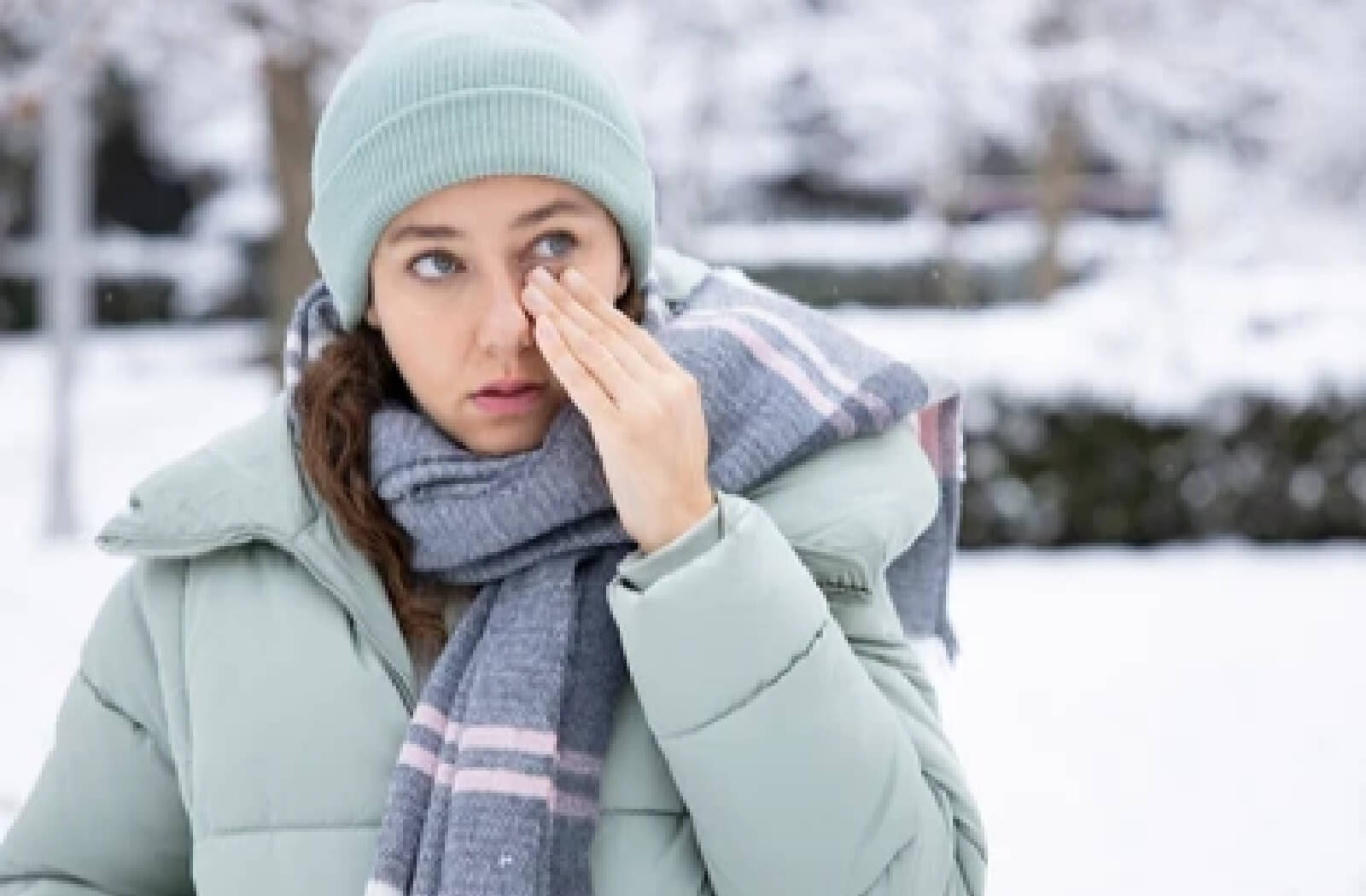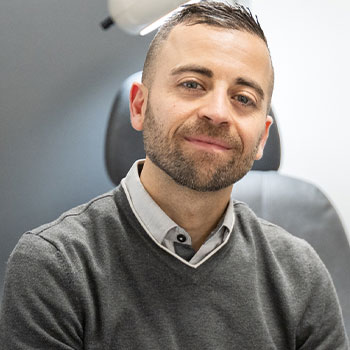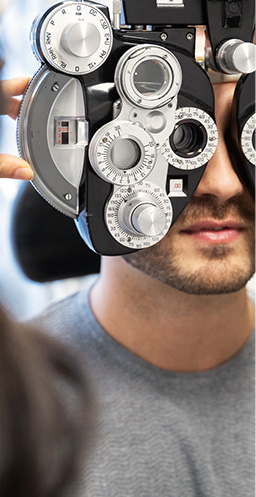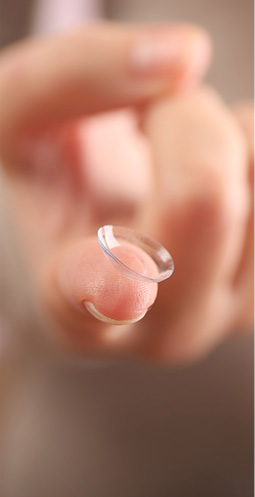Controlling Causes of Dry Eyes
Dry eyes can be uncomfortable and increase your eye health risks. One Ontario-based study estimates more than 6 million Canadian adults suffer from dry eye disease. While many types of dry eye treatments are available, sometimes controlling the environmental conditions is the best medicine.
So, whether you’re experiencing dry eyes at work or pandemic-induced dry eyes, you might be surprised to discover your heated environment is contributing to your discomfort.
What Is Dry Eye Disease?
Dry eye disease occurs when your eyes lack an adequate quantity or quality of tears. There are 3 types of tears: basal, reflex, and emotional. Basal tears lubricate, nourish, clean, and protect the eye’s surface and help keep the cornea smooth and clear to support healthy vision.
Blinking spreads basal tears across the eye, creating a tear film comprised of 3 layers:
- Oily outer layer: oil (meibum) prevents tear evaporation & maintains a smooth surface
- Watery middle layer: water moisturizes & delivers nutrients to the eye
- Mucus inner layer: mucus helps tears stay on the eye & spread evenly across the eye
Each layer is produced and released by glands in the eye area. When the glands lack components to make healthy tears or are blocked, tear quality or quantity is adversely affected.
For example, meibomian gland dysfunction (MGD) is caused by blocked meibomian glands, the eye glands that produce meibum (oil). MGD is commonly associated with chronic dry eyes or dry eye disease. Without oil, tears evaporate too quickly to nourish and moisten the eye effectively.
Chronic dry eyes increase the risks to your eye health and sight and can cause complications like frequent eye infections and corneal scarring. Treatment and good eye hygiene are essential for reversing or controlling symptoms.
Symptoms of dry eyes usually include:
- Burning or stinging sensation
- Excessive eye watering
- Fluctuating or blurry vision
- The feeling of something foreign in the eye
- Gritty, scratchy, or stinging sensation
Heaters, Air Conditions, & Dry Eye
Dry eyes are more common in winter and spring or during seasonal changes. The air gets drier, meaning there’s less humidity (moisture) in your environment—indoors and outdoors. But you might notice your symptoms are especially aggravated by heated indoor environments.
Heaters and winter go hand-in-hand. Unfortunately, warming up the room decreases the humidity, contributing to dryness. While heat can hold humidity better than cold, adding a heater to your environment still changes the air moisture.
Air conditioners can also cause dry eyes. Similar to the heater problem, air conditioners can lower the humidity in your home or office, causing tears to evaporate too quickly.
Turning down the heater (to a comfortable level) or adding a humidifier can be helpful in a home environment. But what about at the office? You may not have control over the temperature or when the heater (or air conditioner) is on.
Because proximity to vents blasting heat (or cold) can worsen your dry eye symptoms, adding distance between your desk or workspace and a vent or heater can help. If you drive to work, aim the vehicle vents away from your face to avoid the hot air blowing into your eyes.
Artificial tears (eye drops) are an easy on-the-go solution you can use at home, work, or wherever you’re headed. But try to avoid anti-redness or redness-relieving eye drops, as overuse can lead to tachyphylaxis. The condition causes returning or worsening symptoms when a medication becomes ineffective.
Home Remedies for Dry Eye
Eye drops are only one treatment option for dry eye symptoms. For mild to moderate symptoms or dry eyes linked to meibomian gland dysfunction or blepharitis, some home remedies can be helpful:
- Blinking more: Your eyelids help spread the tear film across your eyes. Blinking more or focusing on complete blinks (eyelids fully closing) can help when digital eye strain is a factor.
- Cleaning your eyelids: Using an eyelid scrub or cleanser can remove excess bacteria and help unclog glands, reducing inflammation and improving oil flow.
- Taking eye-friendly nutrients: Omega-3 fatty acids can support meibomian gland production to improve tear quality. Talk to your optometrist about other eye foods, or shop Stoney Creek Eye Care’s suggested Omega 3 supplements for dry eye.
- Using warm compresses: Applying a warm compress, like the BRUDER Moist Heat Eye Compress can help unclog eye glands and relieve irritation.
Other Treatments for Dry Eye
Severe dry eye symptoms can be improved with additional treatments when at-home remedies don’t work. Your optometrist can recommend personalized care solutions based on your eye health and lifestyle.
For example, in-office treatments for lid massage and cleaning can be helpful if you have blepharitis or MGD, such as BlephEx or Mibo Thermoflo. Other in-office treatments can improve tear flow by decreasing bacteria, reducing inflammation, or unclogging oil glands, including intense pulsed light (IPL) therapy or Lipiflow.
Patients with severe dry eye symptoms may benefit from dry eye surgery or punctal plugs to prevent tears from draining. Additionally, your optometrist may prescribe medications, such as topical corticosteroids, to reduce inflammation. Ultimately, treatment for dry eyes will be based on your symptoms, comfort, and overall eye health.
Discover More Dry Eye Tips
Dry eye symptoms can be worsened or improved by various environmental factors. It can sometimes be challenging to navigate all the possibilities. Fortunately, you don’t need to solve the puzzle on your own. Your optometrist can help you fit the pieces together and provide solutions that work for your needs.
So, whether it’s turning down the heater slightly or trying a prescribed treatment, we’re here for you. At Stoney Creek Eye Care & Eyewear Boutique, we provide dependable patient care and education. Request an appointment for dry eye therapy today!









